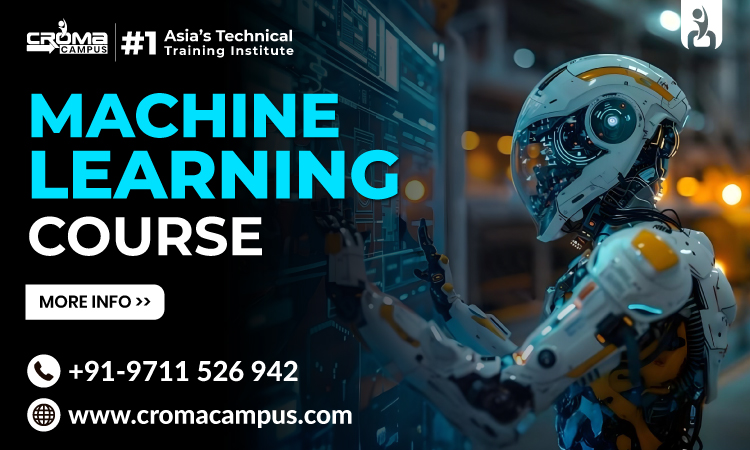Introduction
All of us are aware of the fact that Machine Learning is a part of AI, that enables machines to automatically learn from the data. Also, it improves the performance from experience and makes predictions. Well, machine learning is a set of algorithms that work on a huge amount of data. Well the data is fed to these algorithms to train them and based on that training, they build the model and perform a certain task.
Here in this article, we are going to discuss the types of machine learning that may help you understand in detail about it. So if you are interested in this or looking to grow your career, you can enroll for the Machine Learning Course in Noida. Because Noida is one of the great places to learn such skill-based courses.
Types of Machine Learning
Here we have discussed the types of machine learning based on the way of learning. So in the future, when you enroll for any advanced course such as Machine Learning in Python Course, this basic understanding may prove to be useful.
- Supervised Machine Learning
- Unsupervised Machine Learning
- Semi-Supervised Machine Learning
- Reinforcement Learning
Supervised Machine Learning:
As the name suggests, Supervised Machine Learning is related to supervision where the machines get trained using the “labelled” dataset. Based on the training, the machine provides the output. In this case, the labelled data indicates that certain inputs have already been assigned to the output. More accurately, we start by providing the machine with input and output pairs for training, before testing its predictions using a separate dataset.
The primary objective of supervised learning is to establish a relationship between the input variable (x) and the output variable (y). Examples of how supervised learning is used in real-world scenarios include Risk Assessment, Fraud Detection, and Spam filtering.
Unsupervised Learning:
Unsupervised learning is distinct from Supervised learning because it does not require supervision, as implied by its name. In unsupervised machine learning, the machine learns from unlabeled data and makes predictions independently, without guidance.
In unsupervised learning, models are trained using unlabeled data and operate without supervision. Well, these algorithms are better for performing complex tasks such as organizing large datasets in clusters.
Semi-Supervised Learning:
Semi-supervised learning is a Machine Learning algorithm that falls between Supervised and Unsupervised machine learning methods. It serves as a middle ground between Supervised and Unsupervised learning algorithms, utilizing both labelled and unlabeled datasets for training.
Even though Semi-supervised learning falls somewhere between supervised and unsupervised learning, it primarily relies on unlabeled data despite having a small number of labels. Labels can be expensive, however, corporations may use a limited number for business needs. Supervised and unsupervised learning differ greatly from each other because they rely on labels.
Reinforcement Learning:
Reinforcement learning operates through a feedback-driven system, where an AI agent (software element) autonomously explores its environment through trial and error, making decisions, acquiring knowledge from previous encounters, and enhancing its effectiveness. Agent receives a reward for every positive action and faces consequences for every negative action. Therefore the main objective of a reinforcement learning agent is to maximize the rewards.
Apart from this, it can be said that it is beneficial to get enrolled in the Best Machine Learning Course. Because ML Algorithms are useful in solving different business problems like Regression, Classification, Forecasting, Clustering, Associations, etc.
Conclusion
From the above discussion, it can be said that it is necessary to understand the various types of machine learning. Because it is important for anyone who is looking to grow a career in this field. By understanding the fundamental concepts individuals can effectively apply machine learning techniques to solve complex problems and drive innovation across industries.



